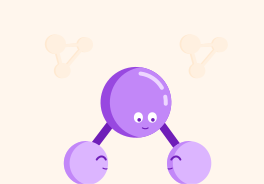cells
Life itself builds upon biological molecules: Carbohydrates, proteins and lipids (fats).
Cells are the basic unit of all lifeforms. There are many different types of cells with many different functions.
Cells are made up of many different structures with very specific functions.
The nature of cell membranes and transport processes allow the cell to control the movement of substances in and out, for life to function.

Structure of the Cell Membrane

Diffusion

The Rate of Diffusion

Surface Area to Volume Ratio

Maximising Diffusion in Living Things

Osmosis

Measuring Osmosis

Active Transport
Respiration inside cells is a chemical reaction that occur all the time to transfer energy from nutrients into Adenosine Triphosphate (ATP).
Microscopes have allowed us to magnify the view of very small cell structures that we otherwise would not be able to see.

Tiny Units

Tiny Units in Standard Form

Microscopes and Magnification

Types of Data in Microscopy

Types of Microscopes
Stem cells allow for organisms to grow and develop cells of different types.

What Are Stem Cells?

What Do Stem Cells Do?

Stem Cells in Therapy

Stem Cells for Plant Cloning

Ethics of Stem Cells
Enzymes are typically proteins that speed up chemical reactions within cells.

What Are Enzymes?

Enzyme Structure

Enzymatic Action

The Rate of Enzyme Activity

Influencing Enzyme Activity
Cells divide in order to grow and develop, which is part of the cell cycle.


